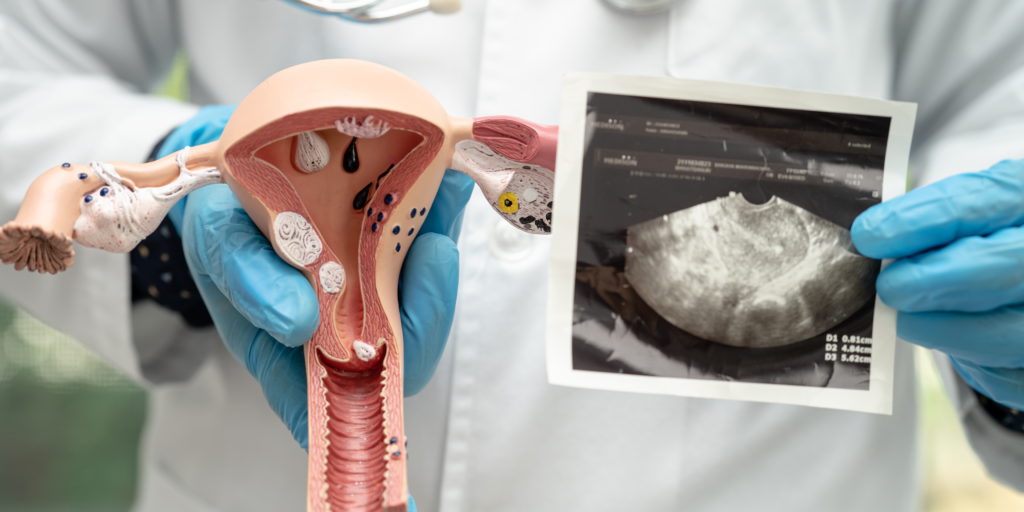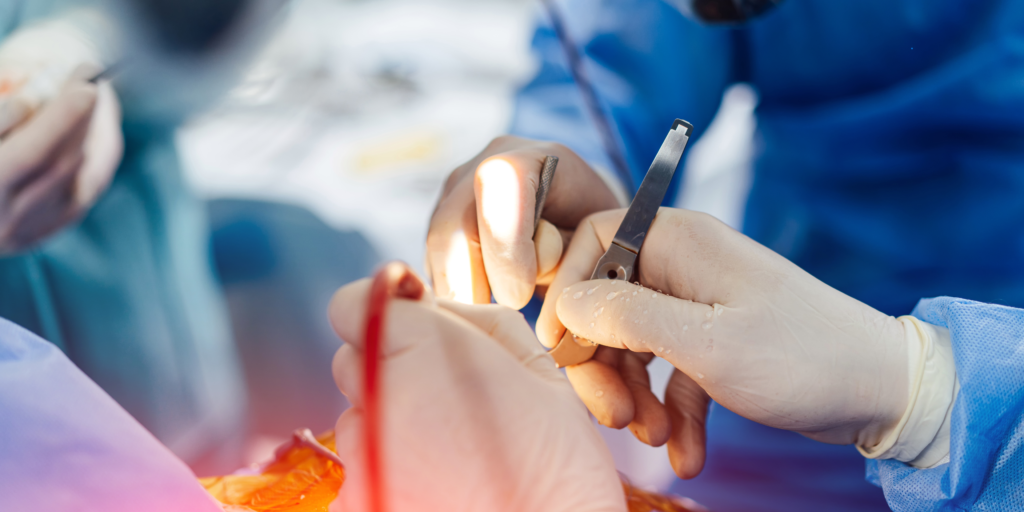Hysteroscopy:

Diagnostic Hysteroscopy:
This procedure involves inserting a thin, lighted tube (hysteroscope) through the vagina and cervix into the uterus to examine the uterine cavity. It helps diagnose conditions such as uterine polyps, fibroids, adhesions, and abnormal uterine bleeding.
Operative Hysteroscopy:
In addition to diagnosis, hysteroscopy can also be used for treatment. Operative hysteroscopy allows for the removal of polyps, fibroids, adhesions, and other abnormalities within the uterine cavity. It can also be used for procedures such as endometrial ablation, which is the removal or destruction of the uterine lining to treat heavy menstrual bleeding.
Laparoscopy:

Diagnostic Laparoscopy:
Similar to hysteroscopy, diagnostic laparoscopy is used to visualize and examine the pelvic organs, including the uterus, fallopian tubes, and ovaries. It can help diagnose conditions such as endometriosis, ovarian cysts, pelvic adhesions, and tubal blockages.
Operative Laparoscopy:
In addition to diagnosis, laparoscopy can also be used for surgical treatment. Operative laparoscopy allows for minimally invasive surgery to treat conditions such as endometriosis, ovarian cysts, tubal blockages, and pelvic adhesions. Procedures such as laparoscopic hysterectomy (removal of the uterus), ovarian cystectomy (removal of ovarian cysts), and tubal ligation (sterilization) can be performed laparoscopically.
